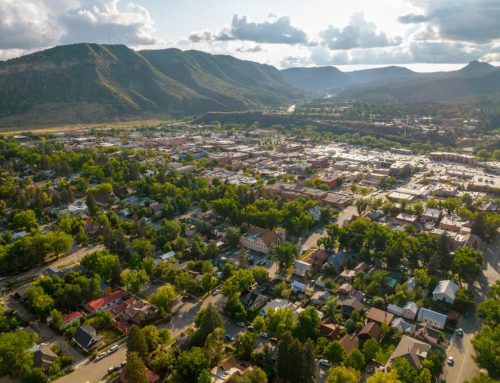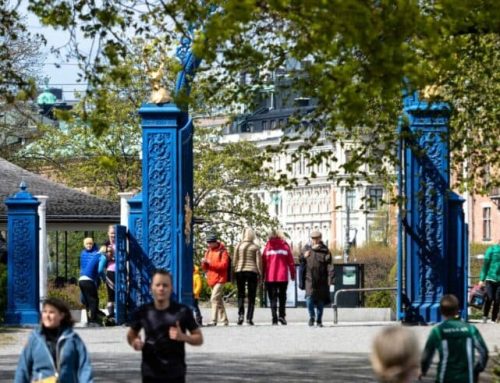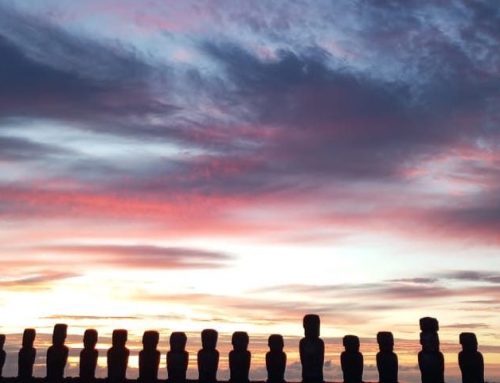Destination Stewardship Report – Autumn 2021 (Volume 2, Issue 2)
This post is from the Destination Stewardship Report (Autumn 2021, Volume 2, Issue 2), an e-quarterly publication that provides practical information and insights useful to anyone whose work or interests involve improving destination stewardship in a post-pandemic world.
Rural Tunisians Join to Initiate Restorative Tourism
Every year, Green Destinations organizes the Top 100 Destination Sustainability Stories competition, which invites submissions from around the world – a vetted collection of stories spotlighting local and regional destinations that are making progress toward sustainable management of tourism and its impacts. This entry, submitted in 2021 from Tunisia, shows how communities joined to stem the tide of rural outmigration with an inspiring approach to culturally authentic tourism development.
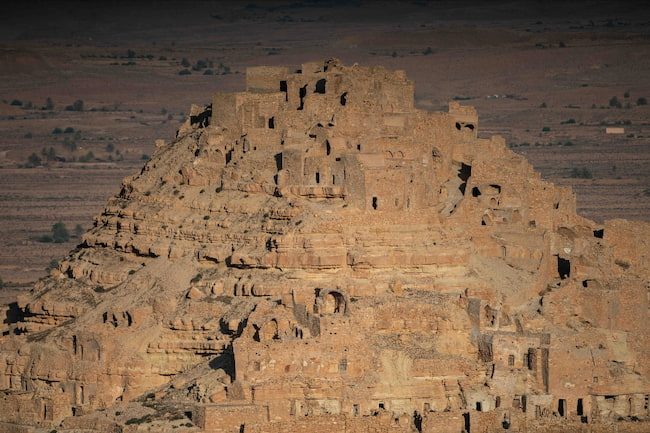
Cave dwellings of Dafar, Tunisia, [Photo courtesy of FTADD]
In Dahar, Tunisia, Communities Collaborate to Revitalise a Dying Region
Tourism in Tunisia is usually concentrated on the coasts and Northern regions and is generally characterized as mass tourism. But not in the mountainous Dahar region of southeastern Tunisia— one of the most remote and untouched regions of the country, as well as one of the least developed and populated.
“Dahar counts 3000 years of human history of the Amazigh Berber Tribes, which is seen in the many ancient Amazigh villages scattered around the region. The proud local Tamazight communities are still practising their traditions, such as the art of weaving the colourful carpets or managing authentic oil mills, and lifestyle that was dictated to their ancestors by the arid climate of the region – to this day locals live in houses dug in caves, known as troglodytes, and use ancient techniques for water preservation.”– Mohamed Hedi Kallali, Executive Director of The Authentic Tourism Federation Destination Dahar (FTADD)

Jazia running a weaving workshop. [Photo courtesy of FTADD]
The Dahar region and stakeholders from local communities decided to focus on sustainable tourism development to revitalize the region, create quality jobs and, at the same time, to preserve and promote local heritage and the natural and cultural landscapes.
One of the key challenges was collaboration in the local community – the region covers 9,312 km2 and is composed of three governorates and eight municipalities, each thinking about their own tourism goals and objectives.
Form a Federation and Agree on Principles
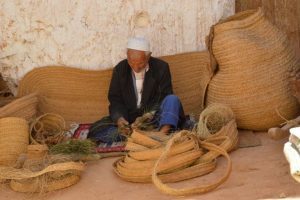
Local artisan practicing wickerwork. [Photo courtesy of FTADD]
The FTADD established 10 guiding principles for the destination, including promoting authentic tourism, preserving local resources, valuing tangible and intangible heritage, craft, and original products, and respecting the local culture and visitors. In June 2021, the Sustainable Tourism Charter for Destination Dahar was adopted by all key community stakeholders, the municipalities, and the governorates.
FTADD is the first DMO in Tunisia and has become a beacon for sustainable tourism development in the country. WWF Tunisia presents Destination Dahar as a model of sustainable development. Inspired by the Dahar model and experience, other DMOs in Tunisia, such as one in Djerba, have been created.
Find the complete Good Practice Story from Dahar here.
About DSR Contributors
Volunteer contributors are welcome to the Destination Stewardship Report. Contact us with your proposals and ideas.


